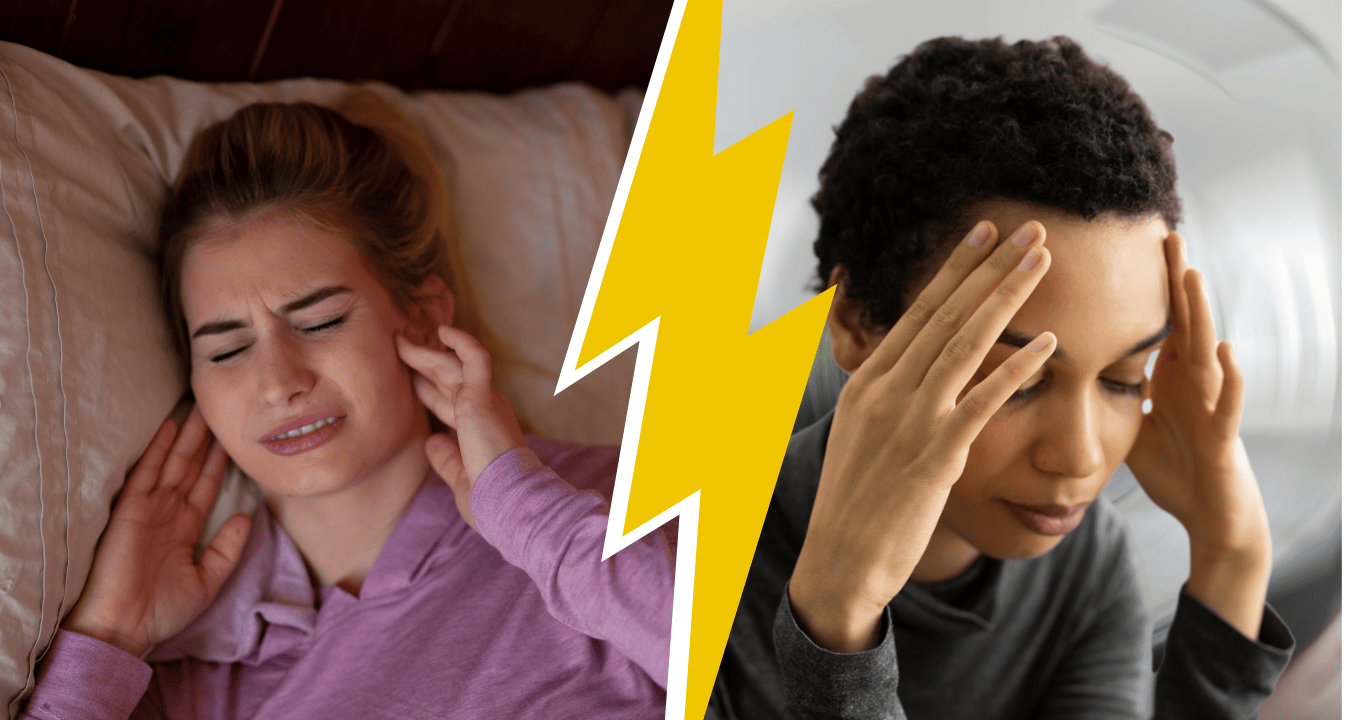April 23, 2018
Dr Katherine Kulp, trained as a ballerina, has a passion for treating performing artists. In an interview, she shares her experience and some physio tips for the dance community.
You have a keen interest in injury prevention/management of the dance community. What motivated you to focus on this community?
I trained in ballet from an early age, going on to perform with a pre-professional company prior to attending university. While I was lucky to have never experienced a huge injury, I had several nagging issues that never quite resolved, and my technique suffered for it. My only options were to keep stretching, keep icing, and keep dancing. Knowing what I now know, I wish I could have helped myself then! Often, mechanical limitations of the body, or improper motor control patterns, are the road block to perfecting a particular movement. A manual therapist with a background in ballet has the knowledge to identify and treat the issue.
Share with us your experience in treating performing artists?
Given my background, I have a particular passion for treating ballerinas! I have worked with modern, ballet and jazz dancers at University of Colorado, and Perry Mansfield. With the guidance of Dr Shaw Bronner, an individual who has been hugely influential in the field of dance medicine, I set up a dance outreach programme to screen dancers based on the Ailey-Fordham model, which is being borne out in research as a valuable tool for predicting injury, and therefore remediating those predictors of injury BEFORE a dancer gets injured.
When should a performing artist see a physio?
An injury that has not resolved within 3 weeks through rest, ice and unloading is unlikely to resolve on its own. Training as usual through injury slows healing, and in fact, training errors may be perpetuating the problem through excessive stress and strain on injured tissues. The discipline that allows dancers to train so intensely can backfire when it comes to taking care of themselves. I often see dancers who have had the same chronic injury or pain for over a year before they seek additional help. Seeking care earlier helps the dancer get back to full participation earlier.
The injuries that I treat in dancers include (from most common to least):
- insidious knee pain that never quite resolves (particularly in adolescent dancers);
- a host of foot/ankle overuse injuries (which are almost always improperly diagnosed); and
- the dreaded hip popping/clicking.
Dancers are also at an increased risk of scoliosis relative to the general population: approximately 10% of dancers have scoliosis, compared to 1% of the general population, and are best served by routine screening.
While knee pain is hugely common, it is generally not the result of a problem at the knee itself. This is because the knee is essentially trapped between the foot and ankle, meaning problems at either one, i.e. decreased strength of the hip muscles, or positional dysfunctions of the ankle/foot translate up or down the leg, creating issues at the knee. Research into movement biomechanics and injuries in elite athletes demonstrates that the best single thing to prevent knee injury amongst female athletes is to have strong hips! This applies to performing artists as well.
Is there any significant difference in your treatment approach as compared to a standard primary care physio?
Ballet injuries present a unique diagnostic challenge in that the demands placed on the body are so different than any other sport. Working from a maximally turned out position, weight bearing through the toes, and having a “pointe” range of motion of over 100 degrees changes the demands on the hip, knee and foot! A medical professional who is unfamiliar with these demands often struggles to accurately diagnose the problem simply because it is so different to any other sport. Understanding the pathologies that commonly afflict the dancer (having experienced many of them myself) and the training errors/muscle imbalances that contribute to them is what allows me to successfully rehabilitate dancers.
As a dance physio, what tips would you give on self-care and injury prevention?
Stretching can actually be counter-productive if done improperly. First, it is well established that a muscle that has just been stretched cannot produce as much strength as it did prior to stretching — and it can take up to an hour to recover full strength! Second, hypermobile (“loose” or double jointed) dancers can actually be overstretching their already lax ligaments and joint capsules, which could further destabilize the joint. Some general advice for stretching:
- Stretch after class: your body is warm, and you will not negatively impact the muscle’s ability to provide force for your technique class.
- No prolonged stretching (about 20 minutes). Don’t read that book in front split with your arms resting on the ground!
- A static stretch generally needs to be held for 30 seconds for 2-3 repetitions. Performed 3-5 times per week over the long term is enough “dose” to change the flexibility of the muscle.
- If you’re not seeing change with stretching, joint mobilization may be indicated to help your range of motion. This is best determined by an orthopaedic manual therapist.
- Finally, stretching is not the same thing as a warm up! You should be warming up before class: a quick 5 minute series of whole body movements to increase the temperature of the body and bring blood to the muscles. This can include: a light jog, small ankle and knee bends, larger walking lunges, and leg swings.










